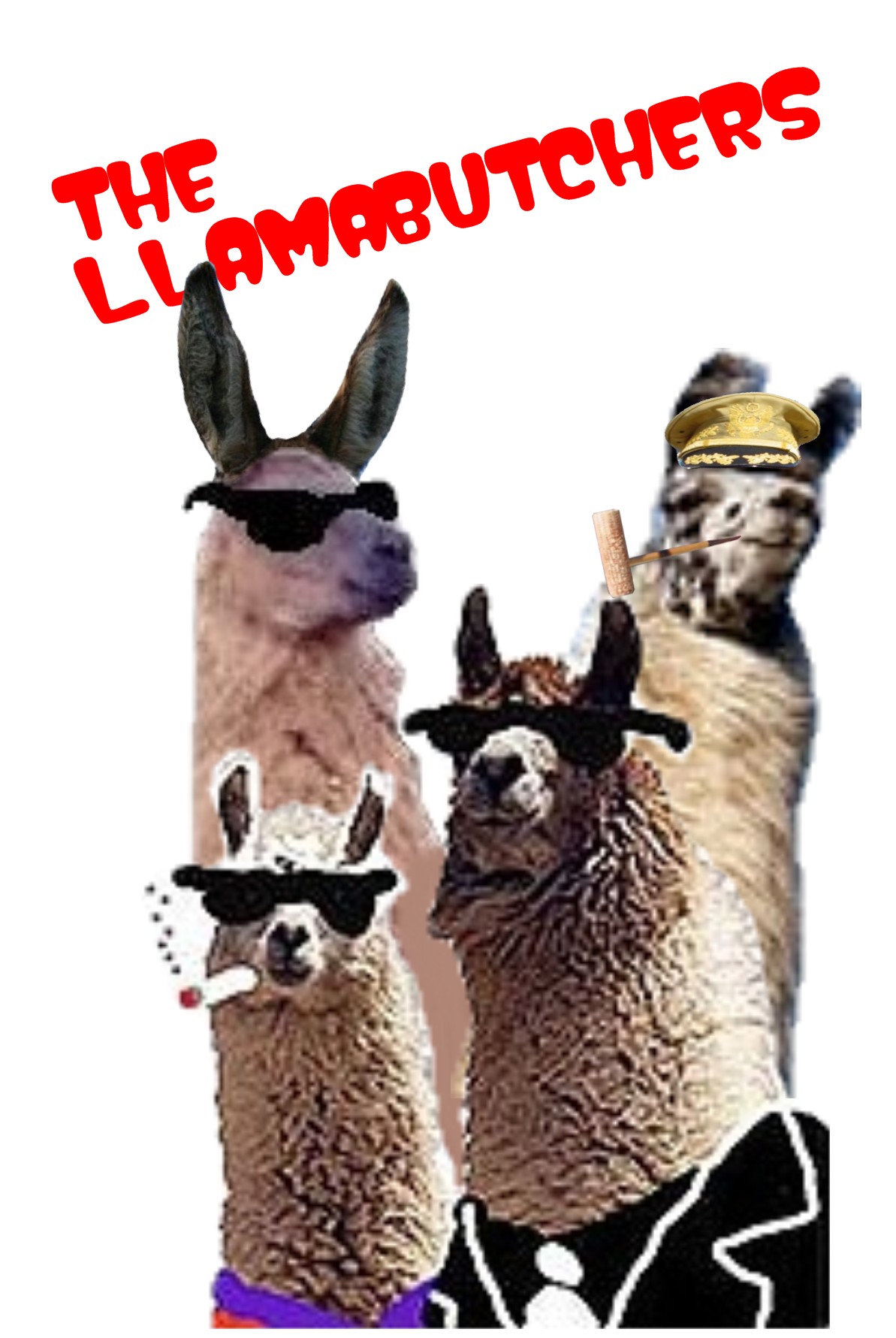April 15, 2007
Why I blog
Moments like this, my friend, moments like this.
UPDATE: MAKE IT A TWO-FER
No word on whether it was delivered in a blaze orange oxen cart with the Taunton flag painted on the roof:
After a nearly 200-year hiatus, George Washington's still is bubbling again, churning out the same sort of rye whiskey that made the Founding Father the nation's most successful whiskey producer in the years after his presidency.Posted by Steve-O at April 15, 2007 07:33 PM | TrackBackWashington's Mount Vernon estate on March 30 officially opened a $2.1 million reconstruction of Washington's original distillery on the exact site where it was located in 1799, a few miles down the road from his famous mansion overlooking the Potomac River.
Mount Vernon officials hope the distillery will illustrate Washington's prowess as an entrepreneur. The estate also won special legislation this year from the Virginia General Assembly to sell limited quantities of the whiskey — up to 5,000 gallons a year — to give estate visitors a taste of alcohol history.
The distillery is considered a gateway to the American Whiskey Trail, which includes historic sites along with working distilleries that are open to the public, like Jim Beam and Wild Turkey in Kentucky and Jack Daniel's in Tennessee.
The Mount Vernon distillery "will become the equivalent of a national distillery museum," said Frank Coleman, spokesman for Distilled Spirits Council, which paid for the reconstruction.
"Whiskey tourism is growing around the world, just like tourists go to Bordeaux or the Napa Valley to visit wineries. This sort of helps us level the playing field with winemakers," Coleman said. "There could be no better representative for America's distilling heritage than George Washington."
Washington's farm manager, Scotsman James Anderson, began distilling whiskey in February 1797, in the final months of Washington's presidency. Anderson convinced a reluctant Washington to build a large-scale distillery a few months later, and the distillery was completed in March 1798.
By 1799, Washington was producing 11,000 gallons of whiskey a year — sold at 50 cents a gallon for the common variety and $1 a gallon for the more refined product, which was run through the still four times.
Washington died that year, and soon thereafter the business fell off. Within a decade, the building fell into disrepair and in 1814, it burned to the ground.
Mount Vernon officials first considered reviving the distillery in the mid 1990s, in conjunction with plans to reconstruct an adjacent gristmill.
Archaeological work began on the distillery in 1997, and workers found the remnants of the five copper pot stills, along with other artifacts that provided clues to the still's operation.
Mount Vernon director of preservation Dennis Pogue said he is confident that the reconstructed distillery closely mimics Washington's actual operation.
"I think he'd recognize it. The main distilling room in particular is most authentic," he said.
Some accommodations were necessary for 21st-century building codes, including an elevator discreetly tucked into the back of the building. The attic of the distillery serves as a small museum.
Mount Vernon says the distillery is the only one in the nation, and possibly the world, that authentically demonstrates 18th-century distilling techniques.
The stills will distill liquid on a daily basis to demonstrate the process to visitors; whiskey will be made only on special occasions.
The whiskey will be available for purchase at the estate and at the gristmill site, but it may be an unfamiliar taste to modern palettes. Washington did not age his whiskey as distillers do today.
The product is colorless and less refined. It would have been considered high-quality whiskey in its day, but Mount Vernon director James Rees once compared it to "white lightning," slang for homemade whiskey or moonshine.



 Image courtesy of the lovely and talented
Image courtesy of the lovely and talented 